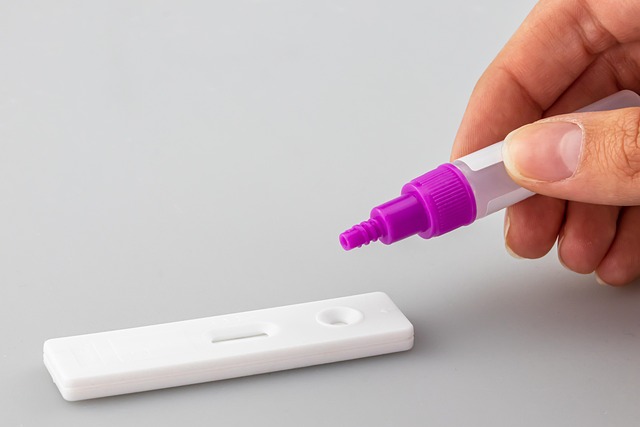
Mastering Integration Testing in IT: A Coding Guide for Information Technology Enthusiasts
Mastering Integration Testing in IT: A Coding Guide for Information Technology Enthusiasts
As an IT professional or software developer, the importance of integration testing cannot be overstated. In the vast world of information technology, ensuring that different modules or services work seamlessly together is crucial for the success of any application. This blog post delves into mastering integration testing, providing you with the knowledge and skills to elevate your coding efforts.
Understanding Integration Testing
Integration testing occurs when individual software modules are combined and tested as a group. Its main objective is to expose faults in the interaction between integrated units. While unit testing is important for verifying the functionality of individual components, integration testing gives you a broader view, validating how well these components work together under various scenarios.
The Importance of Integration Testing in IT
In today’s IT landscape, applications often comprise numerous interconnected services, from APIs to databases. Each service is frequently developed and maintained by different teams, leading to a myriad of potential integration issues. By incorporating an effective integration testing strategy, you can:
- Catch issues early in the development lifecycle.
- Ensure system components interact as intended.
- Enhance application stability and performance.
- Improve overall product quality and user satisfaction.
Types of Integration Tests
When embarking on your integration testing journey, it’s essential to recognize the different types of tests you can deploy:
- Big Bang Integration Testing: All components are integrated simultaneously, and then the system is tested. This can be efficient but may lead to complicating debugging if issues arise.
- Incremental Integration Testing: Components are integrated and tested one at a time. This can be further divided into:
- Top-Down Approach: Testing begins from the top levels of the application and progresses downward.
- Bottom-Up Approach: Initial testing is conducted on lower-level components, with integration upwards.
- Sandwich Integration Testing: A mix of both top-down and bottom-up approaches, allowing for flexible testing based on specific integration needs.
Best Practices for Effective Integration Testing
To optimize your integration testing, consider the following best practices:
- Develop a clear integration strategy: Outline how and when integration tests will occur during your development cycle. Design test cases that mirror real-world usage scenarios.
- Automate integration tests: To save time and reduce errors, use automation tools such as Selenium or Postman for API testing. This not only speeds up the testing process but also ensures consistency.
- Maintain a robust test environment: Ensure your test environment is as close to the production environment as possible. This helps to identify potential issues that might not surface in a different setup.
- Use logging and monitoring: Implement comprehensive logging to assist in diagnosing issues when integration tests fail. Monitoring tools can also help you keep track of system performance and irregularities.
Common Challenges in Integration Testing
Despite its advantages, integration testing does come with its set of challenges. Some common issues include:
- Dependency management: Managing dependencies between modules can be complex, especially when integrating third-party services.
- Test data management: Ensuring the availability and quality of test data can be tricky but is imperative for accurate tests.
- Team collaboration: With different teams working on various components, effective communication is key to ensure integration goes smoothly.
By understanding these challenges, you can better prepare to tackle them head-on, ensuring your integration tests remain effective and insightful.
Tools for Integration Testing
A variety of tools can help facilitate your integration testing efforts. Some popular ones include:
- JUnit: Primarily used for unit testing, JUnit can also be adapted for integration testing in Java environments.
- Postman: Ideal for API testing, it allows you to test various endpoints and services for seamless integration.
- SOAP UI: A robust tool for testing SOAP and REST web services, ensuring that services function together as expected.
As you dive deeper into integration testing, remember that your ultimate goal is to safeguard the integrity and functionality of your application. Embrace the challenges and the learning opportunities that come with this process.



